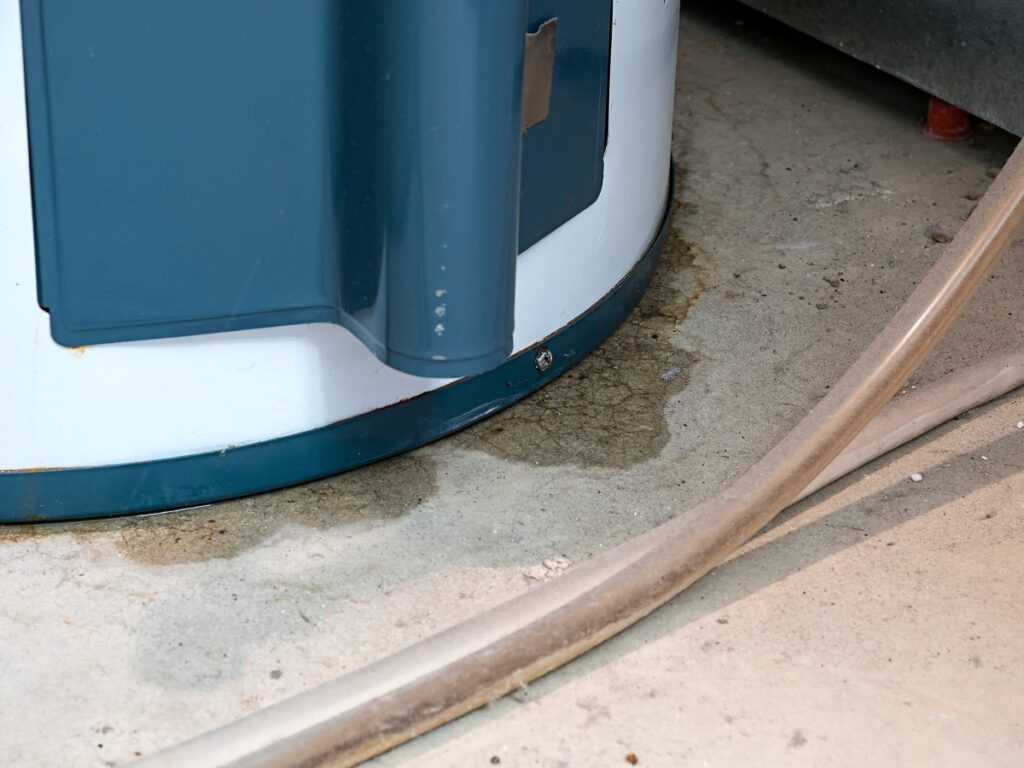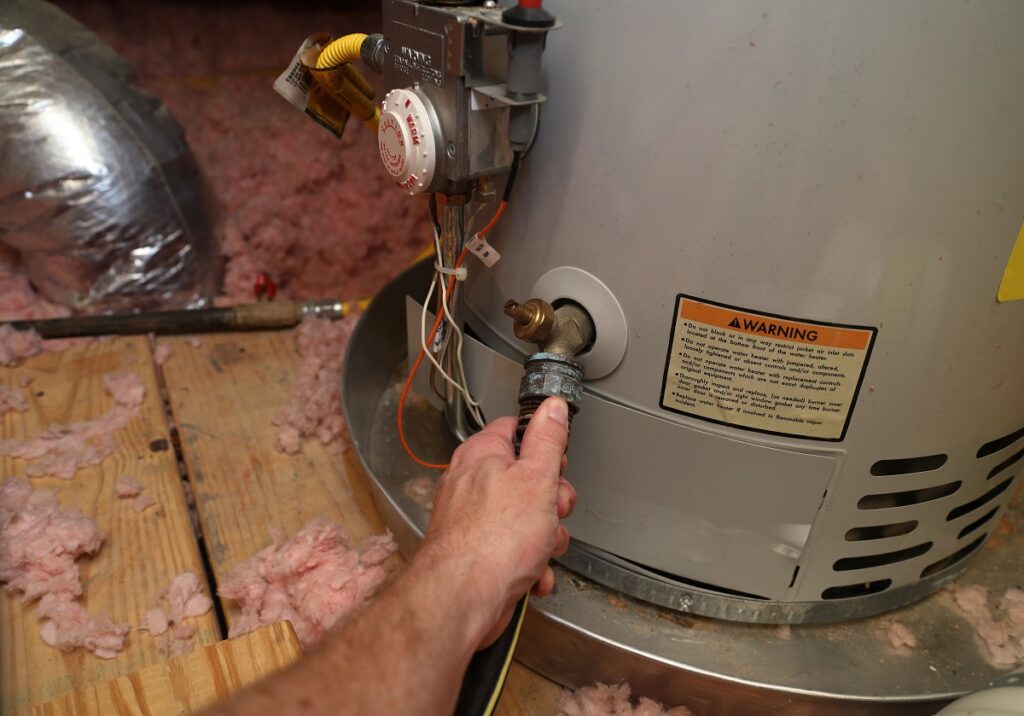Buildup, sediment, and corrosion – these words should strike fear into the heart of every homeowner. These items can cause your hot water heater to leak, stop working, or even explode.
To find out how to save your hot water heater (and your warm showers), read on!
Should I flush my hot water heater?
Ideally, you should flush your hot water heater at least once a year. The reason why is – minerals and debris from your water can actually build in your hot water heater and create clogs. These clogs can cause the unit to work inefficiently, malfunction, or stop working. Say bye-bye to those relaxing, hot baths and hello to higher energy bills!

Before you head down to your basement or utility closet, first check to see if your hot water heater has been flushed or drained in the last five years or if the hot water heater is younger than five years old. (The vipHome.app keeps all your home info in one place, including the age of your hot water heater!)
If you said yes to either of the above items, then you should absolutely flush your hot water heater. You should also continue to flush it out annually, so your unit lasts longer.
However, if you’ve never flushed your hot water heater (Boo!) or it’s more than five years old, then check with your professional plumber. All the sediment buildup can actually cause more damage if you try to remove it.
How to flush a hot water heater
Every hot water heater is a bit different, so consult the manufacturer’s instructions before completing any maintenance. Our experts put together a general step-by-step guide that can help with a gas or electric heater. If you have a tankless water heater, make sure to contact a professional plumber.
Also, if you are at all uncomfortable, always call a professional to complete home maintenance.
1. Turn off the water supply.

You should be able to do this on the unit itself or from the shut-off valve on the water main running into your home.
2. Turn off the heat source to your water heater.
This step will help to prevent damage to the unit’s heating element. Your owner’s manual will tell you the best way to turn off the unit’s heat source, but if you have an electric hot water heater, you may be able to turn it off from the breaker box. If you have a gas hot water heater, there may actually be a setting for this step. When in doubt, always consult a professional plumber.
3. Allow your water heater to cool.
If you don’t, you could get scalded or burned. The cooling process can take a few hours, but you can speed it up by washing clothes in hot water or taking a longer-than-average shower.
4. Attach a garden hose to the drain valve.

Make sure you have the hose flowing into a bucket, a drain, or even outside. Absolutely, under no circumstances, should you drain the hot water heater into your sump pump basin. The sediment can clog your sump pump mechanics and cause even more issues!
5. Turn on the hot water in a nearby sink.
This helps to prevent a vacuum from forming in your pipes and allows the water to flow out of your tank. Some experts suggest you turn on a faucet on the level above the hot water heater.
Also, grab a rag. No doubt, water will spill somewhere!
6. Slowly and carefully open the drain valve.

Let all the water drain out of the unit, and then close the drain valve. Turn the water to the unit back on and fill the tank once more. This should lift any sediment off the bottom. Turn off the water and drain your water heater again.
Repeat the fill and drain process until the water runs clear.
7. Clean up your tools and turn on the unit.
Close the drain valve, remove the hose, and once more turn on the water to the unit. Then, refill the tank and turn back on the heat source to your water heater.
You should also turn on the hot water in a nearby sink to allow all the air to come out of the system. The water will come out in spurts to begin. Don’t worry! That’s normal.
How often should I flush my water heater?
It is recommended that you flush your water heater at least once a year. (Make sure to check “Should I flush my hot water heater?” above!) If you have hard water, you might want to flush your hot water heater every six months or even install a water softener.
A professional can also complete this task during your annual plumbing inspection. (You schedule that every year, right?)
Want more step-by-step guides? Check out the vipTips, expert tips from sources like FEMA, the Department of Energy, and more in the vipHome.app!
Take care of your largest investment – your home!
Homeownership can be hard, but it doesn’t have to be. The vipHome.app can help. In less than four minutes, enjoy a new way to manage your home. Simply download the app, register your home, and enjoy a simplified homeownership experience.
Download the app today!








